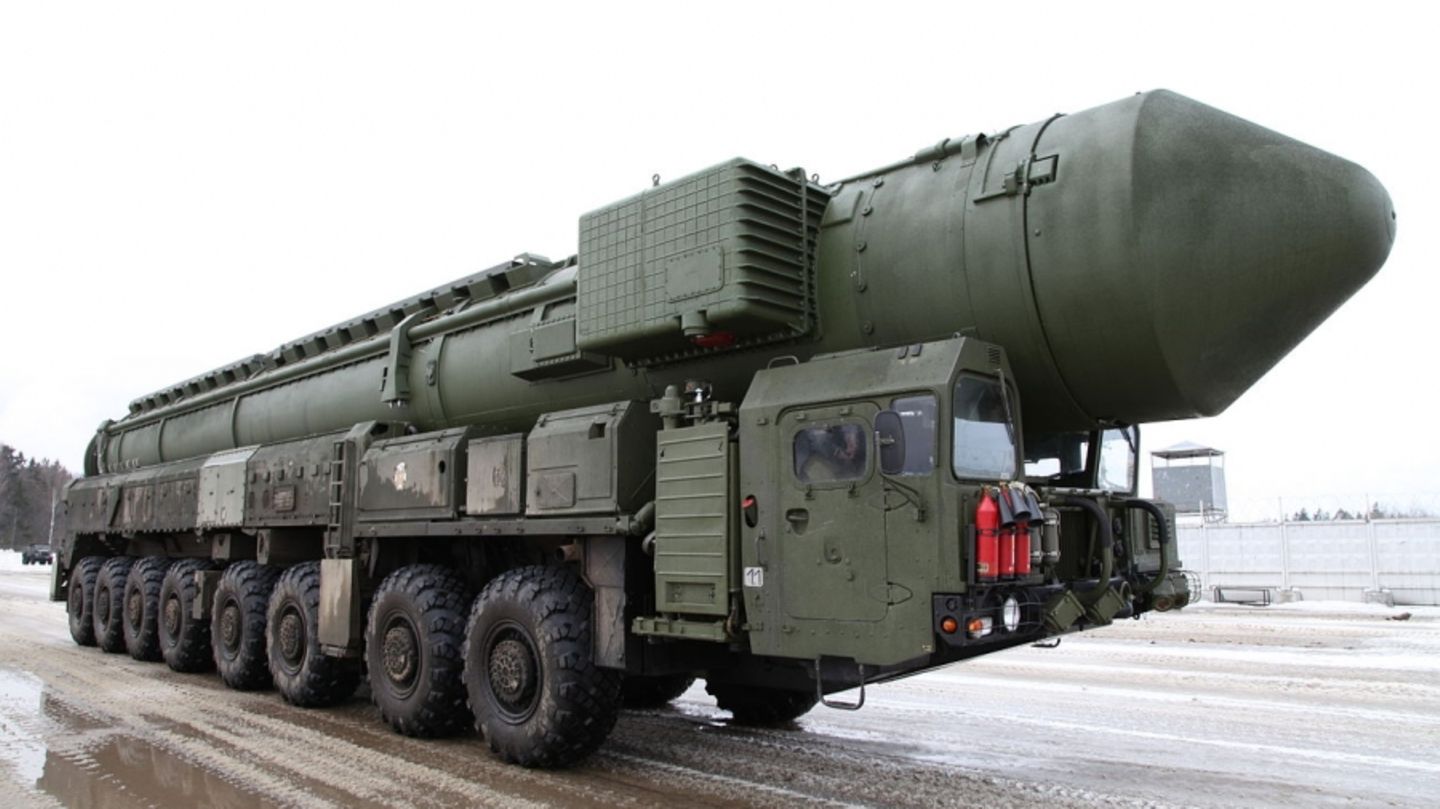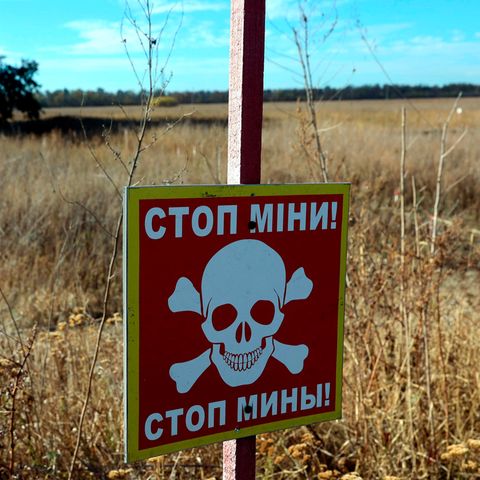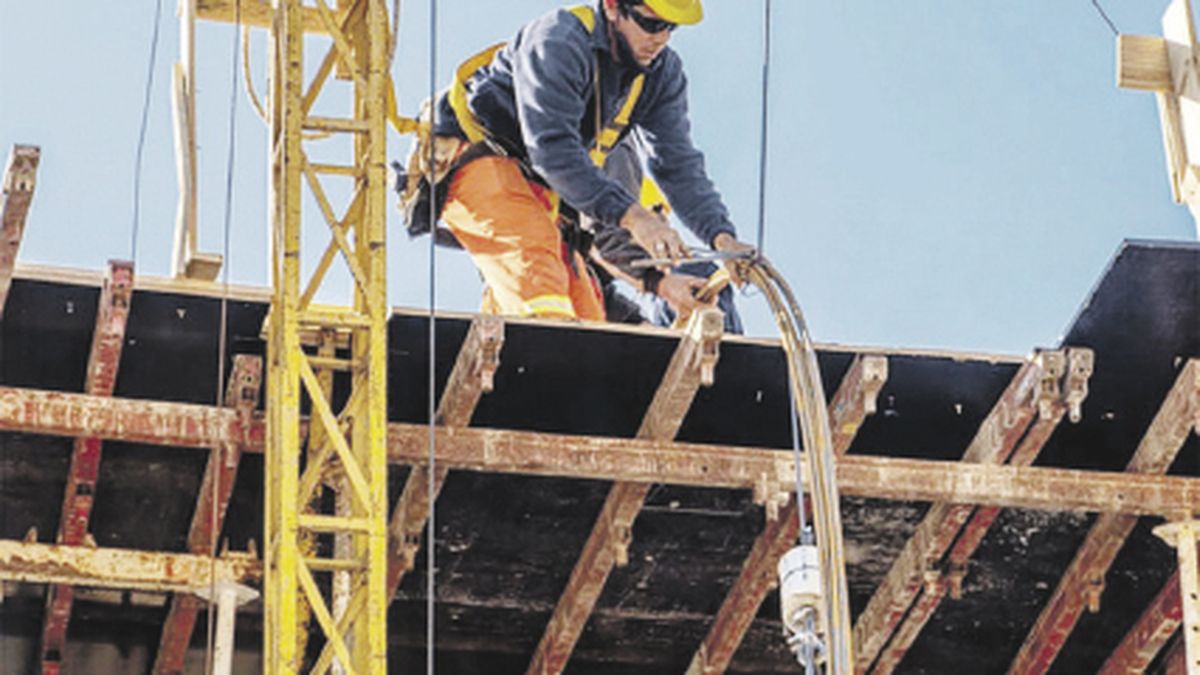conflict
So the war against Ukraine will continue to escalate
Copy the current link
Ukraine attacks targets in Russia, Putin counters with a new medium-range missile. The war enters an even more merciless phase. Escalation is to be expected in the air war.
The war in Ukraine is taking a paradoxical turn. There are increasing signs of negotiations. Negotiations that could lead to an end to hostilities. At the same time, however, these hostilities are increasing significantly.
Both countries are exhausted
Why are negotiations likely? The incoming Trump administration has made it very clear that it wants to stop the killing. And thinks the war is pointless. The USA is by far the most important supporter of free Ukraine; the war can hardly be continued against the will of the US President. The population in Ukraine is increasingly war-weary. Hundreds of thousands of able-bodied men fled abroad. Men leave their units in large numbers and desert. And the country is being bombed more and more every month.
For Russia the picture looks somewhat different. But here too, Western experts assume that the Kremlin cannot continue the war for years. For example, because the losses in armored vehicles can no longer be replaced because the old material for processing is running out. Russia boasts of economic growth, but Putin’s war economy is putting enormous strain on the economy in the long term. The Russian central bank chief Nabiullina recently warned about this. And the more Russia transforms itself into a war economy, the harsher the transition shock will be when the war comes to an end.
Strategic air war over Ukraine
A significant escalation is to be expected here. This is the first time that Ukraine has used Western weapons to attack targets deep in Russian territory. Both the US ATACMS missiles and the British Storm Shadows were successfully used. Putin has announced serious consequences for exactly this case – but left it unclear what they will look like.
The problem facing Ukraine is that it has made the opening move with this deployment, but urgently needs large numbers of long-range weapons to continue this form of warfare. The exact stocks are unknown. But the London Times assumes that Kiev still had around 50 ATACMS available before the current deployment. A similar picture with the Storm Shadows. It is controversial whether such weapons can actually bring about a change in the tide of war. After all, Russia has been using comparable systems in large numbers since February 2022. In this number, these weapons change nothing at all. Up to 12 Storm Shadows were used to attack the bunkers of a Russian headquarters. You can see how quickly the small supplies are exhausted. It is unclear whether the outgoing Biden administration will still deliver large stocks.
A massive air strike on Kiev was expected in response. This has not yet happened. An arms factory in Dnipro was attacked. According to Outin, Russia has used a new type of weapon for this purpose, an intermediate-range missile (IRBM) called Oreshnik. The use of such a large and expensive weapon is, above all, a threatening gesture. The missile impacted multiple independent re-entry vehicles (MIRVs) on the target. It is entirely possible that these were dummy warheads and that the explosion effect was caused solely by kinetic energy. If the missile had been nuclear-armed, this one missile could have devastated several Ukrainian cities.
That was a gesture, what else can we expect? Russia has amassed about 30 heavy bombers capable of deploying cruise missiles. So another serious air strike is to be expected. The last wave of attacks led to an escalation that was somewhat overlooked in the media: Russia attacked the connection of Ukrainian nuclear power plants to the power grid for the first time. The majority of coal and gas power plants have already been destroyed. To drive Ukraine into a blackout, the Russians could try to permanently disconnect the nuclear power plants from the grid. At the same time, they could target the hydroelectric power plants. To do this, they could systematically attack the government district in Kiev and use the few connections across the Dnieper and try to divide the country in the middle. ATACMS and Storm Shadow cannot reach the Russian bomber bases.
Increases are hardly possible in ground warfare
This war is above all a war of land and attrition. Russia was able to recapture a large part of the front near Kursk. However, at great losses. The Ukrainians are putting up a tough resistance, but that won’t stop the Russians from making further attempts. Before negotiations begin, they will try to push Ukrainians out of the Russian heartland.
The Russian focus will remain in the East. And especially in two zones. In the north in the city of Kupyansk and then on the southern Donetsk front. The Ukrainians managed to stop the Russian advance on Prokrovsk, but the southern Donetsk front disintegrated over a wide area. After losing several towns, the Russians are currently including the towns of Kurakhove and Velyka Novosilka. In this slow-motion war, it may well take weeks for the cities to fall. But at the moment it is not clear what the Ukrainians could do to stop the Russians. In the north, the Russians were surprisingly able to take the northeastern part of the city of Kupyansk. The Russian summer offensive will immediately transition into a winter offensive. But the Russians will not be able to redouble their efforts. However, the erosion of the Ukrainian defense could have a positive effect for them.
International – full of surprises
The Kremlin can respond asymmetrically to the use of Western long-range weapons. He could supply “enemies” of the West like the Houthis with effective long-range weapons and provide them with reconnaissance data. During the Cold War, for example, it was common to train and finance liberation movements or terrorists who wanted to harm the other side. Something like this could happen again. Internationally, the Kremlin has the greatest opportunities. It is difficult to predict which measures could take place and when. The use of Western weapons against targets in Russia is also likely to help reinforce the Kremlin narrative that it was the West that started the war. This absurd thesis does not hold water in Western Europe; things are different in the Global South.
Source: Stern
I have been working in the news industry for over 6 years, first as a reporter and now as an editor. I have covered politics extensively, and my work has appeared in major newspapers and online news outlets around the world. In addition to my writing, I also contribute regularly to 24 Hours World.





